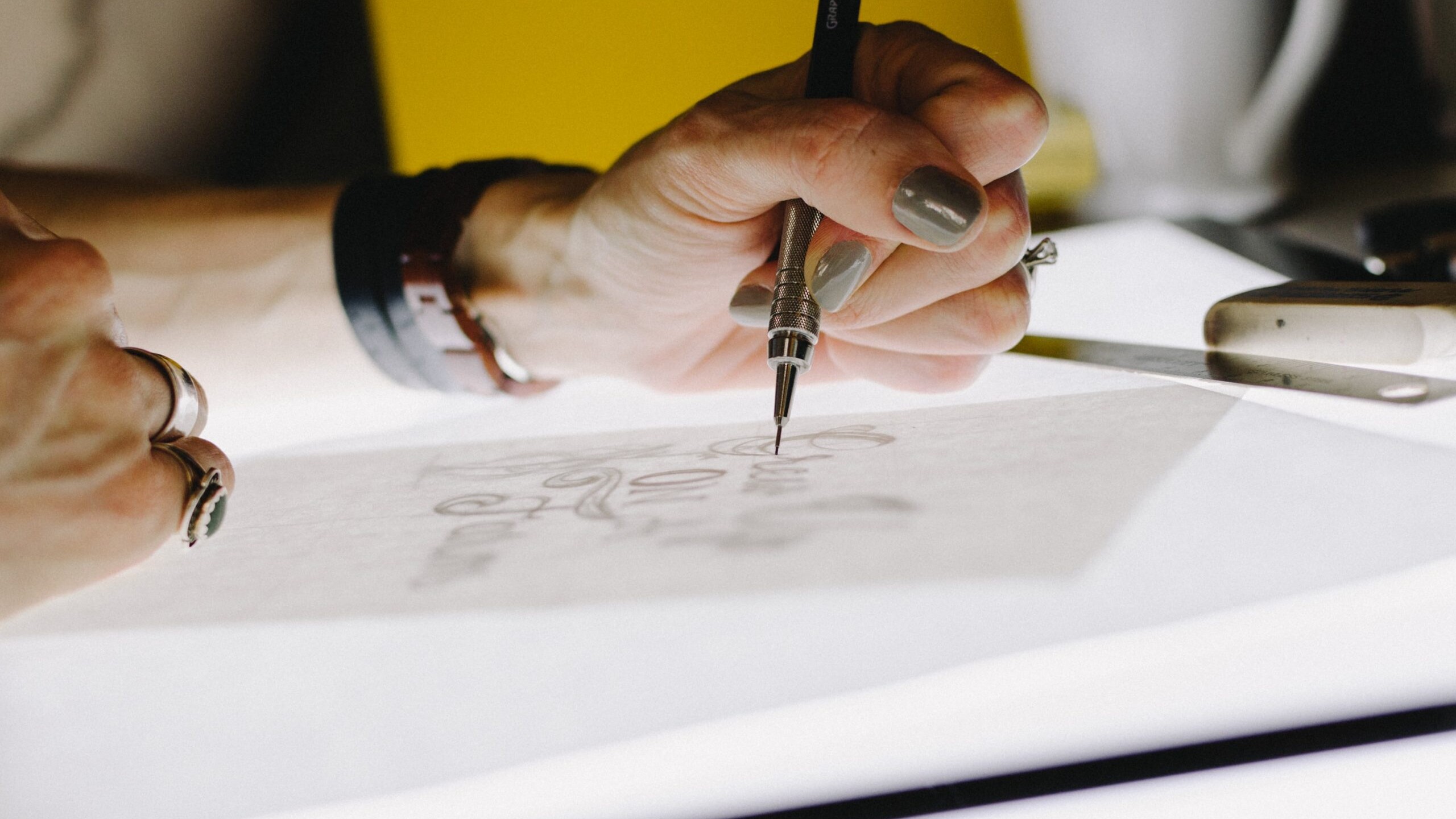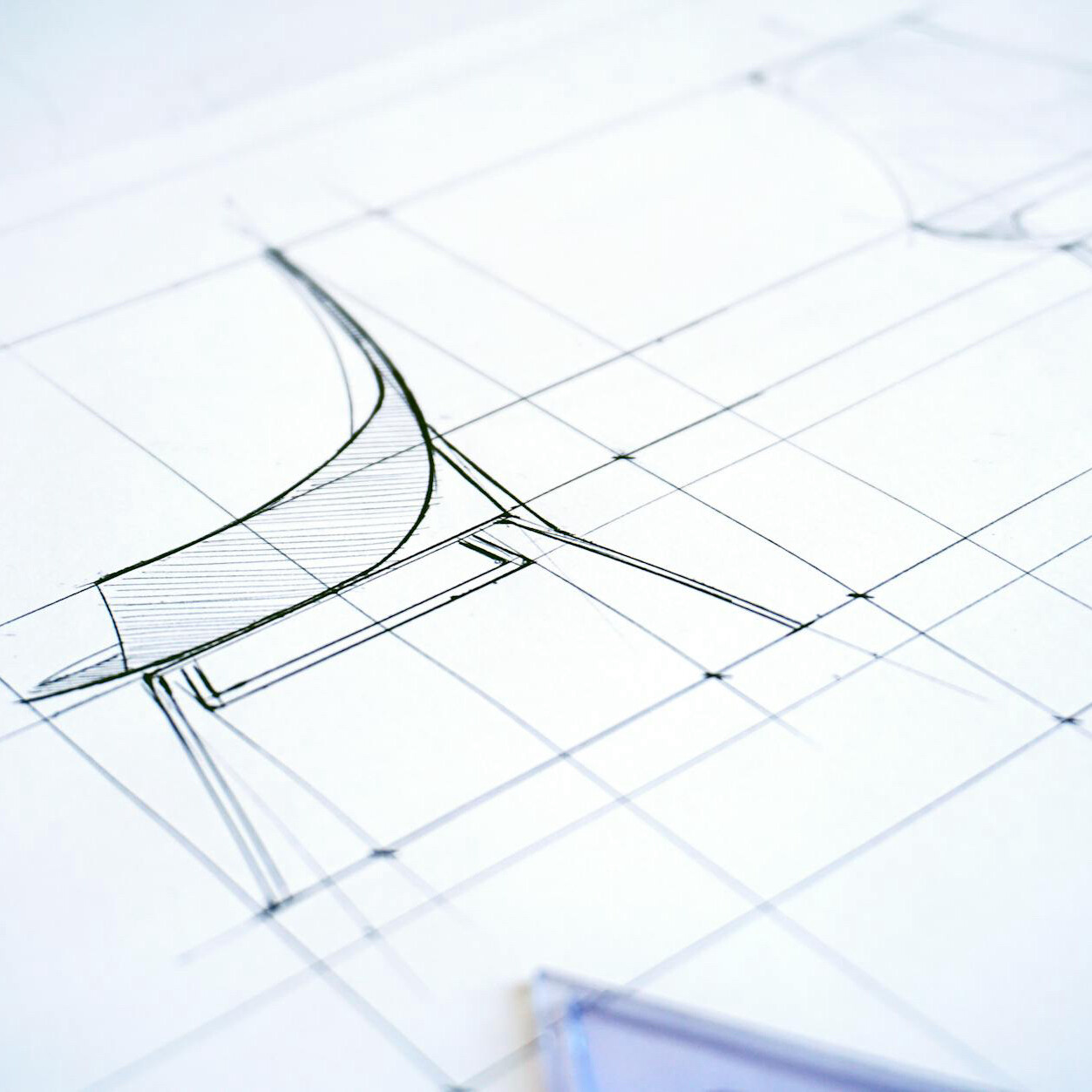The Impact of Visual Balance in UI Design
Without conscious thought, our minds are always seeking to find balance. It not only gives us a sense of stability, but it allows us to comprehend the world around us.
While balance in the physical world can relate to things like lifestyle and health, visual balance relates to how we process information within a composition. Displaying a sense of visual balance in UI design is essential in order to increase a site’s usability and drive engagement.
All visual communications require a level of visual balance. As our brains are constantly trying to make sense of visual stimuli, an interface can act as a guide by providing a focal point that helps us filter through the information presented.
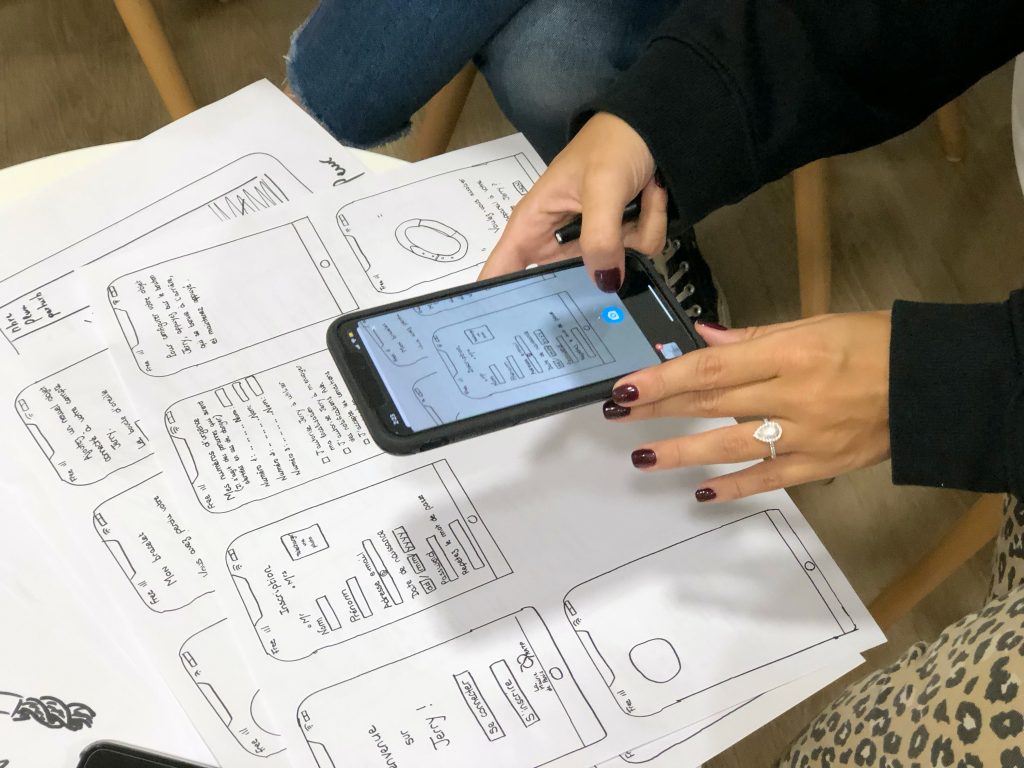
Visual Balance and visual weight
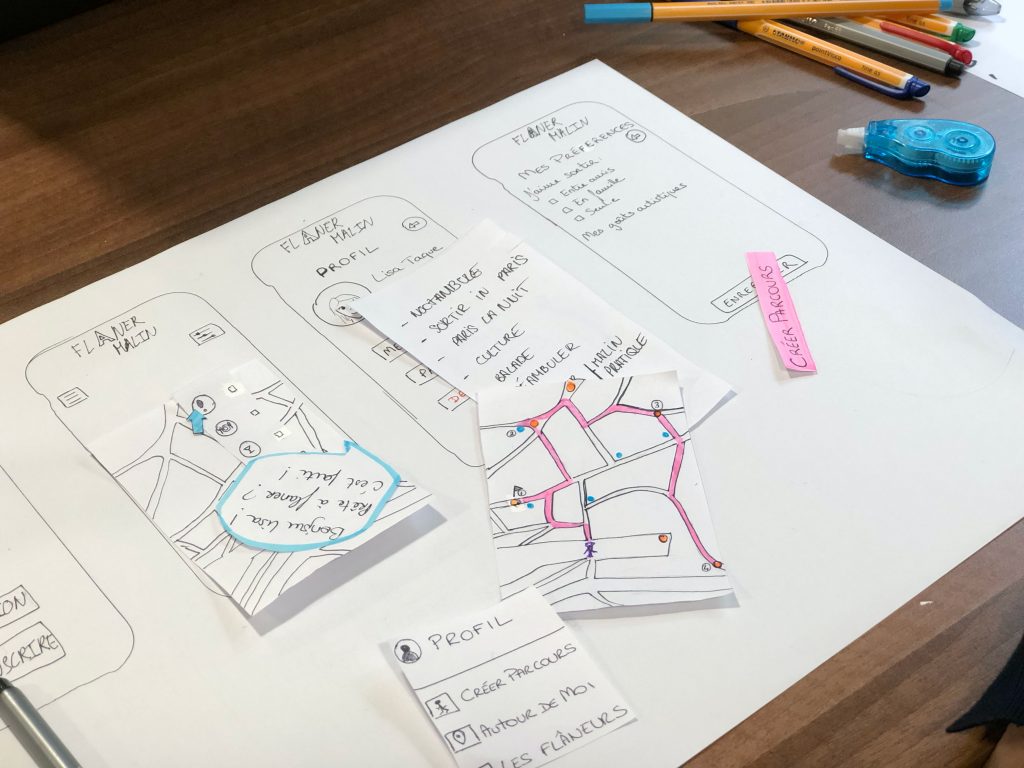
In web design, visual balance occurs when the elements within the interface are arranged equally. In this way, the overall design feels complete. Designers can emphasize various visual elements with color, direction, location, shape, texture, value, and weight to achieve balance.
In web design, visual balance occurs when the elements within the interface are arranged equally. In this way, the overall design feels complete. Designers can emphasize various visual elements with color, direction, location, shape, texture, value, and weight to achieve balance.
Visual balance can be formal, dynamic or radial. Formal balance can also be described as symmetrical, which portrays a sense of permanence and stability. Dynamic balance is the opposite; the elements are intentionally arranged in an asymmetrical manner.
Finally, radial balance is achieved when all elements within the composition radiate out equally from a central focal point.
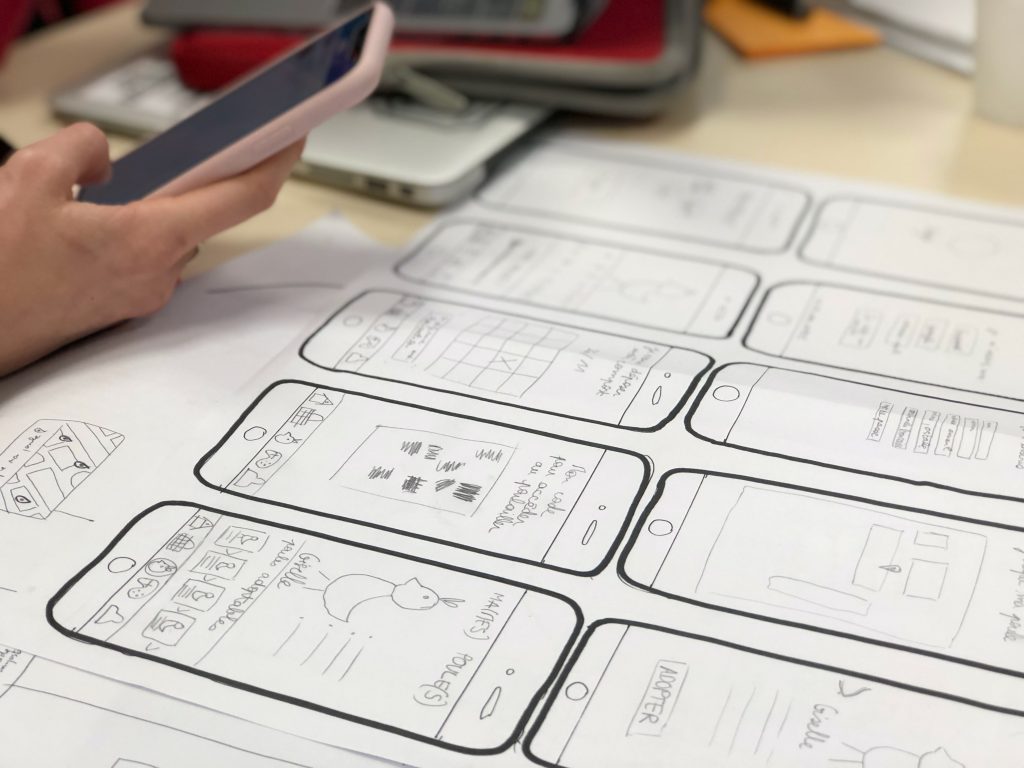
Each approach to balance relies on the distribution of visual weight. Visual weight is the perceived weight of elements, measuring how much each elements stands out in comparison to those around it. An element’s visual weight is determined by its size, color, shape, texture, orientation, the surrounding negative space and its relation to other objects.
Beware of Visual Tension
Without a sense of balance, the interface displays a form of visual tension. Although this tension can sometimes be appropriate depending on the design’s message, it often has a negative impact on users.
Breaking the balance in a design may make it difficult for users to quickly navigate through the content on a website. The lack of visual focal points can cause confusion and prevent users from engaging with the site and reaching conversion.
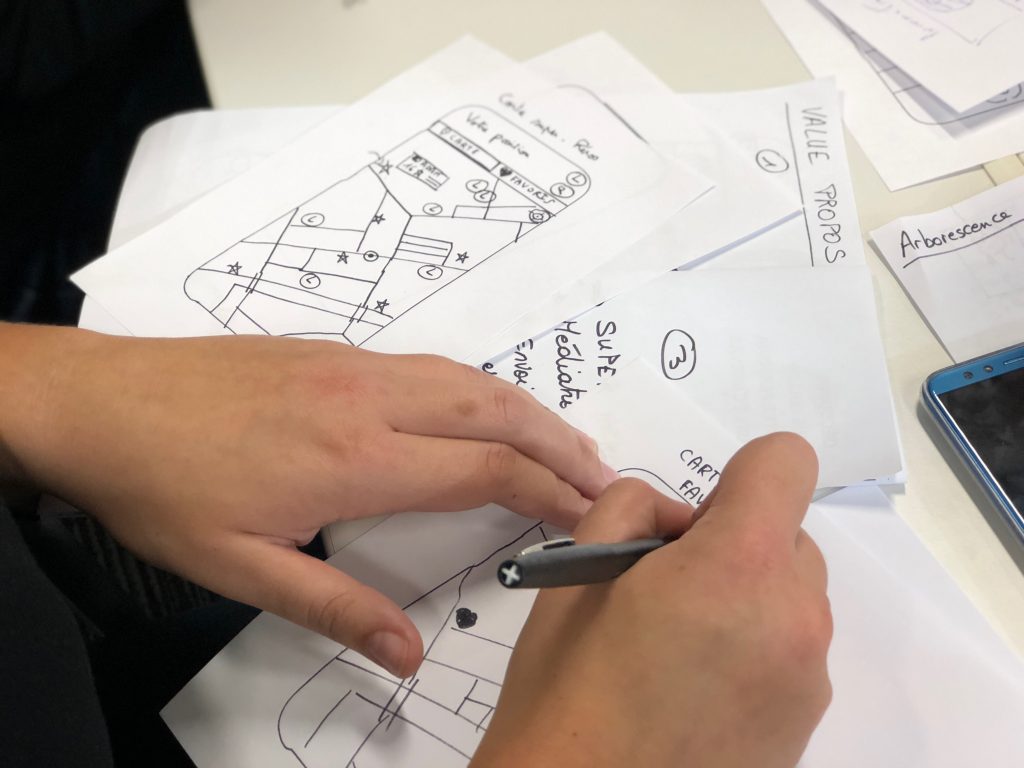
That said, too much balance can also distract users. If all the elements have the same visual weight, the user may be unable to determine what is most important and will feel lost.
Creating A Sense of Harmony
When a composition is balanced, it portrays a sense of harmony and unity. A visually balanced UI is especially important for the user journey and user experience.
Above all, balance can greatly increase a site’s usability. It creates a frictionless user experience that allows the user to easily navigate through the site. Balance can also establish a visual hierarchy that identifies the most important elements within the interface. This effectively draws the user’s eye to each element appropriately. In doing so, users are better able to comprehend messages and interact with the site.
In addition to the benefits to usability, a balanced UI creates striking compositions that provoke emotion and delight in the user.
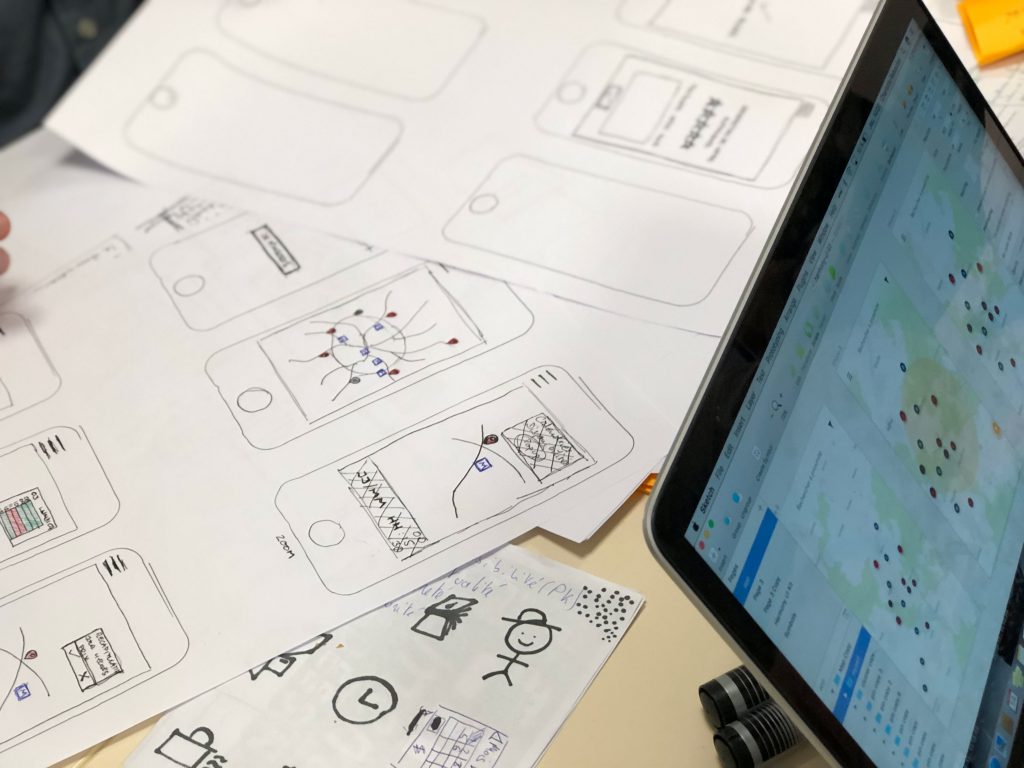
Balance can look different depending on a site’s objectives. Designers have the flexibility to arrange elements in a way that makes the most sense in the context of the site, while also considering the overall balance of the composition. By doing this, they can help engage users on their journey to conversation.
